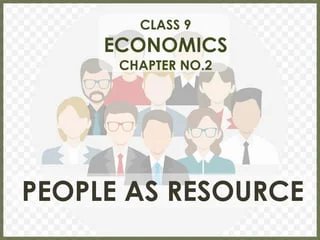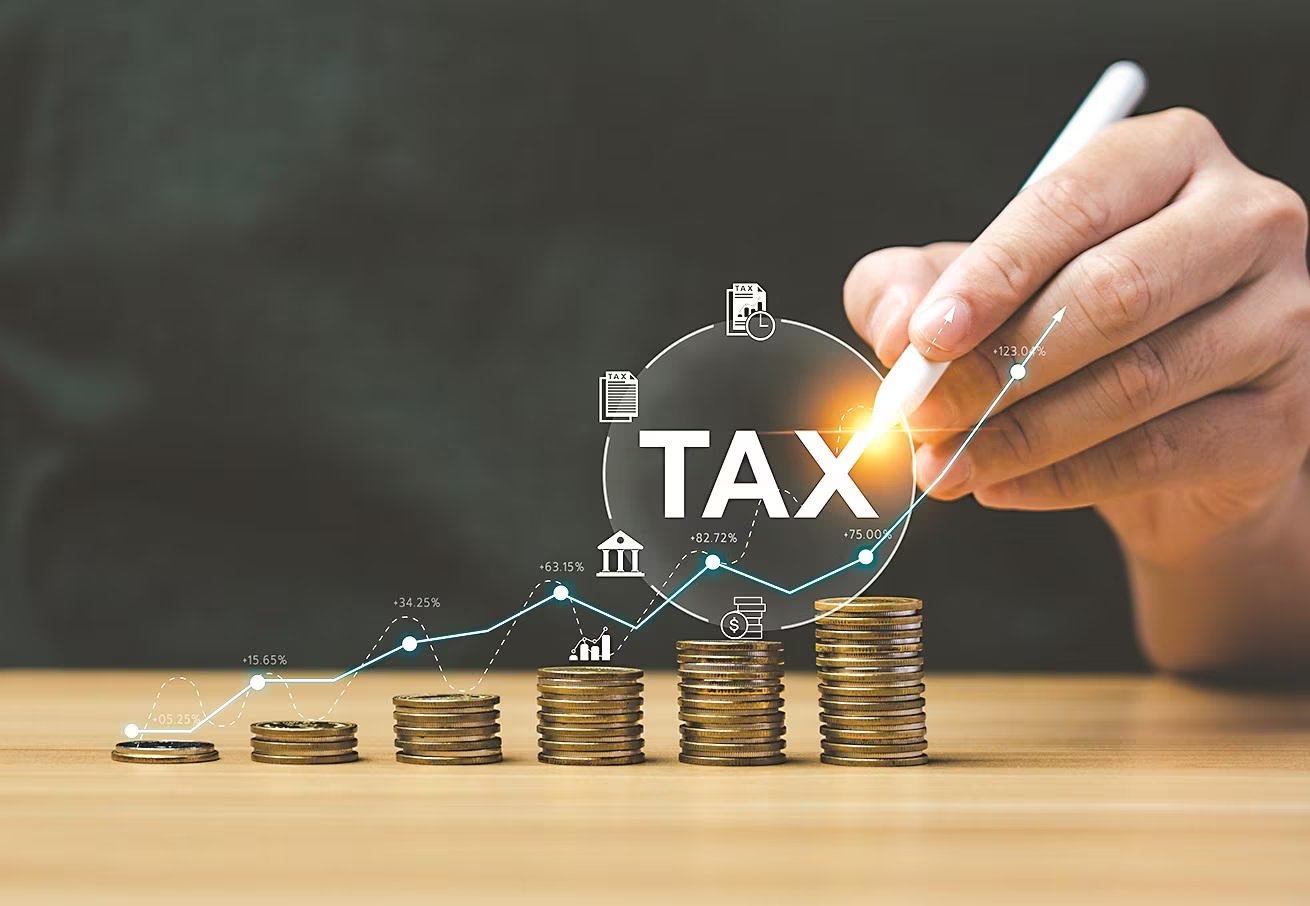Producer Behaviour and Supply - Class 11
Producer behavior refers to the decisions that firms make regarding production, pricing, and resource allocation. Supply is the quantity of a good or service that producers are willing and able to offer for sale at a given price. Key Concepts: Production Function: A relationship between inputs (labor, capital, etc.) and output. Cost Analysis: The study of the costs associated with production, including fixed costs, variable costs, and total costs. Profit Maximization: The goal of firms to maximize their profits. Supply Curve: A curve showing the relationship between price and quantity supplied. Law of Supply: As the price of a good or service increases, the quantity supplied increases, ceteris paribus. Producer Surplus: The difference between the price a producer receives for a good or service and the minimum price they were willing to accept. Importance of Producer Behavior and Supply: Understanding Market Dynamics: Producer behavior and supply are key factors in determining market prices and quantities. Analyzing Firm Behavior: These concepts help us understand how firms make decisions about production, pricing, and resource allocation. Evaluating Economic Policies: Producer behavior and supply analysis can be used to evaluate the effects of government policies on firms and markets. In Class 11, students will learn the basic concepts of producer behavior and supply. They will study production functions, cost analysis, profit maximization, and the law of supply. This knowledge will be essential for understanding how firms operate and how markets function. উৎপাদকের আচরণ বলতে উৎপাদন, মূল্য নির্ধারণ এবং সম্পদ বরাদ্দের ক্ষেত্রে সংস্থাগুলি যে সিদ্ধান্ত নেয় তা বোঝায়। সরবরাহ হল একটি পণ্য বা পরিষেবার পরিমাণ যা উৎপাদনকারীরা একটি নির্দিষ্ট মূল্যে বিক্রয়ের জন্য দিতে ইচ্ছুক এবং সক্ষম। মূল ধারণাগুলিঃ উৎপাদন ফাংশনঃ ইনপুট (শ্রম, মূলধন, ইত্যাদি) মধ্যে একটি সম্পর্ক এবং আউটপুট। খরচ বিশ্লেষণঃ নির্দিষ্ট খরচ, পরিবর্তনশীল খরচ এবং মোট খরচ সহ উৎপাদনের সাথে সম্পর্কিত খরচের অধ্যয়ন। মুনাফা সর্বাধিককরণঃ সংস্থাগুলির লক্ষ্য হল তাদের মুনাফা সর্বাধিক করা। সরবরাহ বক্ররেখাঃ একটি বক্ররেখা যা সরবরাহকৃত মূল্য এবং পরিমাণের মধ্যে সম্পর্ক দেখায়। সরবরাহের নিয়মঃ কোনও পণ্য বা পরিষেবার দাম বাড়ার সাথে সাথে সরবরাহের পরিমাণও বৃদ্ধি পায়। উৎপাদক উদ্বৃত্তঃ একজন উৎপাদক কোনও পণ্য বা পরিষেবার জন্য যে মূল্য পান এবং যে ন্যূনতম মূল্য তারা গ্রহণ করতে ইচ্ছুক তার মধ্যে পার্থক্য। উৎপাদকের আচরণ ও সরবরাহের গুরুত্বঃ বাজারের গতিশীলতাকে বোঝাঃ বাজারের মূল্য এবং পরিমাণ নির্ধারণে উৎপাদকের আচরণ এবং সরবরাহ হল মূল বিষয়। দৃঢ় আচরণ বিশ্লেষণঃ এই ধারণাগুলি আমাদের বুঝতে সাহায্য করে যে সংস্থাগুলি কীভাবে উৎপাদন, মূল্য নির্ধারণ এবং সম্পদ বরাদ্দ সম্পর্কে সিদ্ধান্ত নেয়। অর্থনৈতিক নীতির মূল্যায়নঃ উৎপাদকদের আচরণ এবং সরবরাহ বিশ্লেষণ প্রতিষ্ঠান ও বাজারের উপর সরকারি নীতির প্রভাব মূল্যায়নের জন্য ব্যবহার করা যেতে পারে। একাদশ শ্রেণিতে, শিক্ষার্থীরা প্রযোজকের আচরণ এবং সরবরাহের মৌলিক ধারণাগুলি শিখবে। তারা উৎপাদন ফাংশন, খরচ বিশ্লেষণ, মুনাফা সর্বাধিককরণ এবং সরবরাহের আইন অধ্যয়ন করবে। সংস্থাগুলি কীভাবে কাজ করে এবং বাজারগুলি কীভাবে কাজ করে তা বোঝার জন্য এই জ্ঞান অপরিহার্য হবে।
English
Last updated
Wed, 27-Nov-2024



















